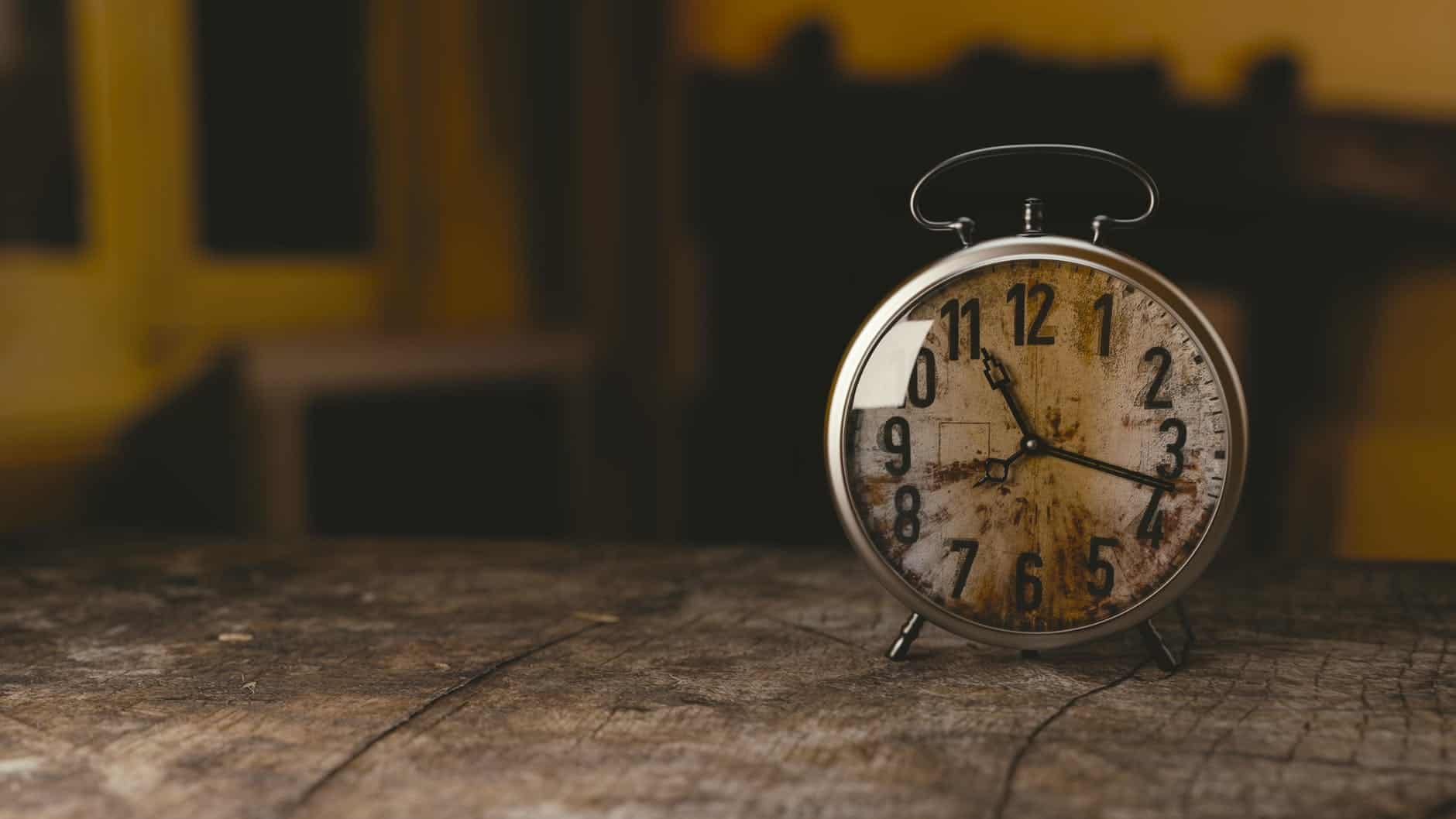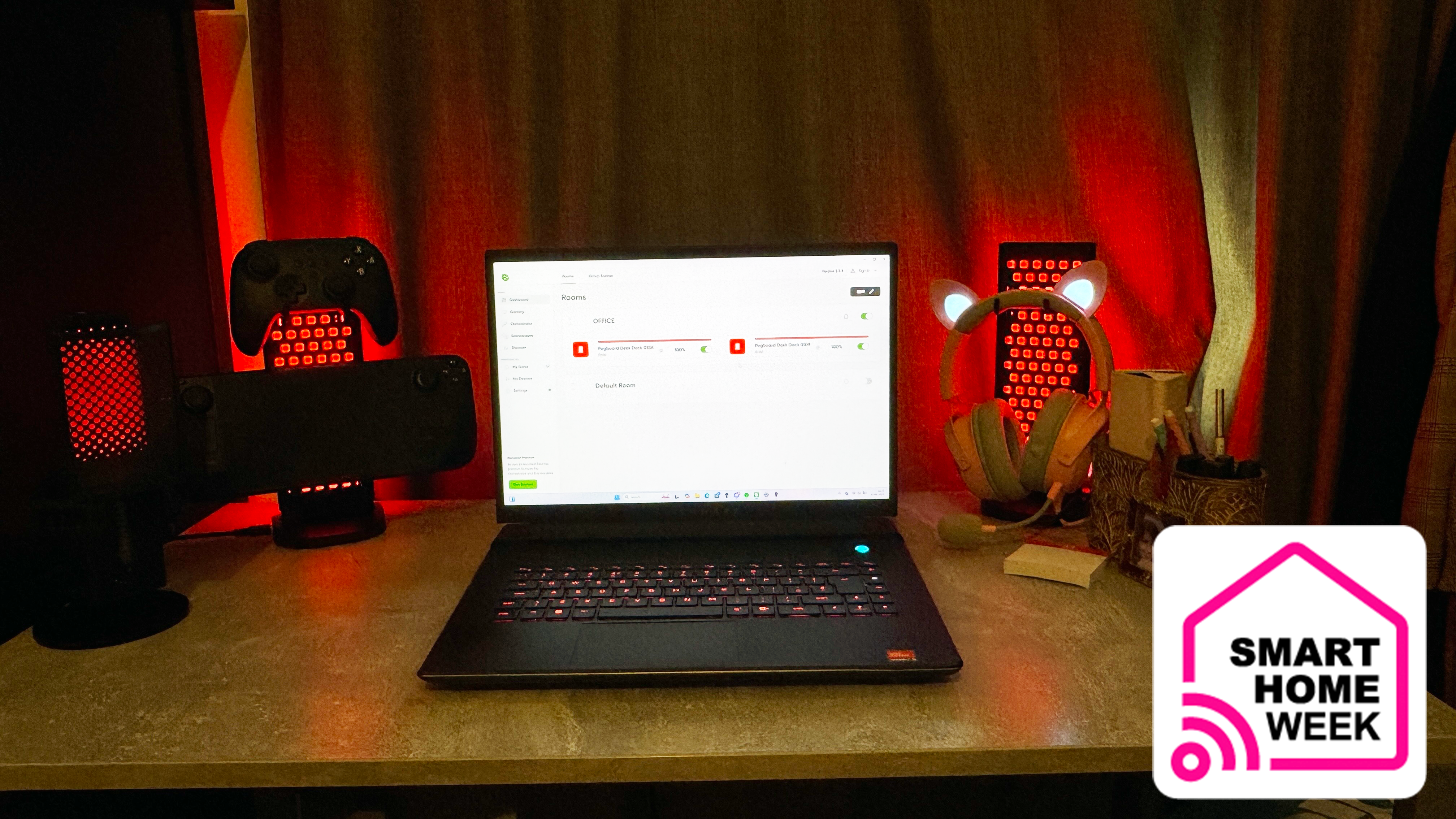“It was nice to have a focus on getting to know each other, where we were allowed to laugh and talk, rather than a focus on the end result.”
Photo by Monoar Rahman on Pexels.com
This is a quote from a student in an interdisciplinary group project course. This student explained to me that being allowed to laugh and talk was something that set this course apart from other courses where the focus often is on fulfilling all requirements and getting things done – that she normally does not have time to laugh and talk. It made me think why being allowed and having time to laugh and talk is perceived as a significant part of a course and what it means for learning experiences in higher education.
To explore the connection between time and learning experiences in higher education in more detail, I turned to the concept of ‘timescapes’ in my new article in Teaching in Higher Education. Timescapes offer an interesting conceptual approach that acknowledges the spatial and temporal features of experiences and social interactions by seeing time as multidimensional and taking time frame, temporality, timing, tempo, duration, sequence, and temporal modalities into consideration as deeply interconnected elements. Even though timescapes play such a pivotal role in students’ learning experiences, they have received little attention in higher education research. In particular, there is a need to consider timescapes in relation to pedagogical practices and to ask ourselves what pedagogical approaches can help students and educators to collaboratively reconsider and shape timescapes?
This inspired me to explore how students experience and reflect on timescapes, take a closer look at pedagogical approaches that provide opportunities for co-creating a course’s timescape amongst students and between students and teachers, and in which ways this co-creation can help to develop a counter narrative within the current neoliberal education landscape.
I explore these questions by drawing on individual reflective diaries, group reflections, and perspective dialogs from the context of the interdisciplinary group project course, ‘Environments for learning in higher education’. This course aims to create a space that allows the students and the teacher to express, explore, and negotiate their different perspectives on time and how they shape their learning experiences by building on ideas of dialog and liberation in higher education, contemplative education, as well as student partnership and the concept of ‘Student as Producer’.
Explicit discussions of assumptions, concepts, and terms within the group are key elements that provide opportunities for students to experience how their frames of reference influence their approaches, to see other students’ perspectives, and to question their own understanding of concepts and terminology. As Taylor (2017, p 235)points out: ‘What makes higher education spaces significant is that […] they still perhaps offer greater openness for the emergence of new ethical subjectivities, and greater spontaneity for co-constructing teaching and learning relationally through joint action’.
It is of utmost importance that educators together with students use the possibilities in higher education spaces to counteract neoliberal, domesticating, and technocratic threats to meaningful partnership. Students and educators need to co-create spaces that allow the development of alternative timescapes through dialog, challenge traditional roles and predictable paths of education, and re-establish principles and values of authenticity, reciprocity, being more, hope and responsibility in higher education.
Patric Wallin (Norwegian University of Science and Technology)
Read more: teachinginhighereducation.wordpress.com


